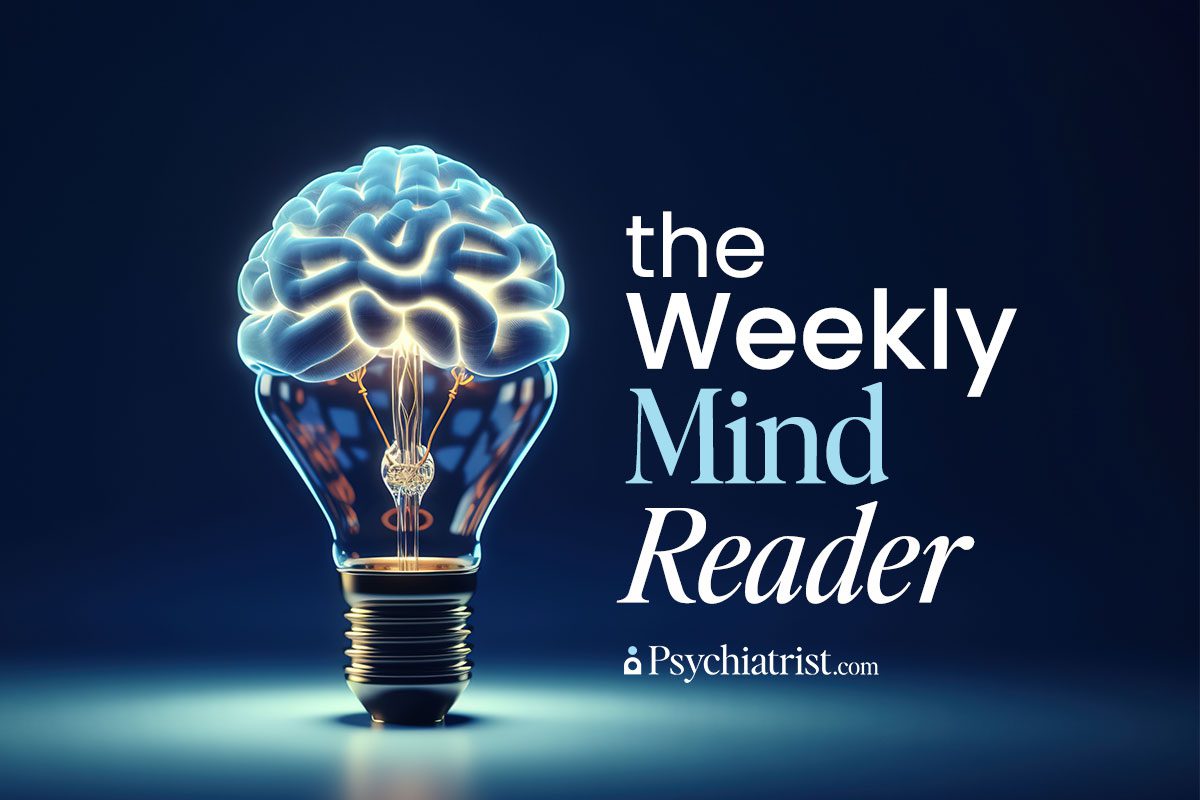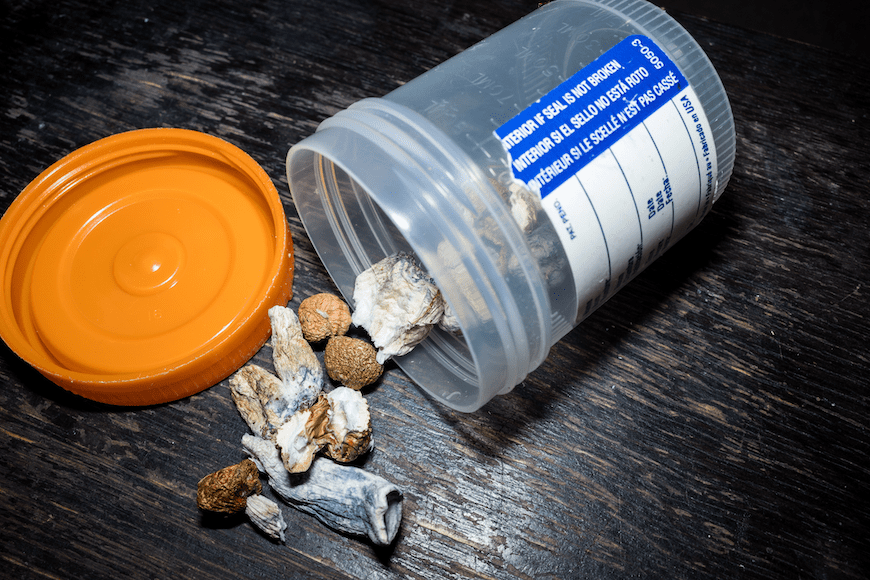The literal meaning of the term “tardive dyskinesia” (TD) is delayed movement disorder. “Tardive” refers to the lagging or late onset, while “dyskinesia” refers to the abnormal or involuntary movements.
TD emerged as a concern in the mid-20th century with the introduction of antipsychotic medications. Antipsychotics were effective for treating a variety of mental health disorders, but their unintended side effects led to TD’s unexpected rhythmic motions. By today’s estimates, 500,000 people in the US live with TD. Of those, about 60 percent report having a mild case. About three percent of cases are extremely severe.
Stacy Finkbeiner, US Medical Director at Teva Pharmaceuticals, is one of the authors of the study Impact of Tardive Dyskinesia on Physical, Psychological, Social, and Professional Domains of Patient Lives: A Survey of Patients in the United States. In a series of videos for Psychiatrist.com, she explained the various aspects of TD and its impact on patients.
Underlying Mechanism
According to Finkbeiner, scientists don’t completely understand the fundamental pathophysiology of TD. They do know that antipsychotics interfere with dopamine, a vital brain chemical involved in regulating movement. As a consequence, the body experiences uncontrolled actions such as lip smacking, tongue thrusting, facial grimacing, blinking, or jerking of the limbs or torso. Researchers are trying to get a better understanding of this intricate connection between brain chemistry and motor control so they can develop more effective treatments, Finkbeiner said.
Risk Factors
Psychiatrists used to think that only first generation antipsychotics carried the risk of TD. But Finkbeiner said we now know that’s not true. Virtually all patients who take an antipsychotic are at risk for developing TD. The longer someone remains on the drugs, the more likely they are to develop the disorder. People with schizophrenia seem to have a higher risk. So do women and older patients.
Progression
Although Finkbeiner said that TD is not thought of as a progressive condition, it appears to be permanent even if a person ceases taking medication. TD onset occurs after months or even years of taking medications though the exact time frame varies from person to person. Experts are now exploring whether there is a window of opportunity where intervention might prevent or at least mitigate symptom severity.
Quality of Life
In Finkbeiner’s and her colleague’s most recent paper, they surveyed 269 patients with tardive dyskinesia to assess the toll it takes on quality of life. Regardless of their underlying psychiatric illness, most patients reported moderate-to-severe physical impediments from TD like trouble speaking, eating, and sleeping. Psychologically, many felt embarrassed, anxious, or withdrawn because of their involuntary and unexpected movements. Socially, patients said TD hampered relationships and led to stigma from strangers. Even professionally, patients noted TD caused substantial work impairment and prevented career advancement.
Finkbeiner said the survey highlights how the impact of TD on each patient’s life is unique, depending on their specific circumstances. While often considered merely a motor issue, psychiatrists should understand how profoundly it can diminish patient wellbeing and day-to-day functioning.
Head to YouTube where you’ll find bonus videos featuring more of Finkbeiner’s explanations of TD and how it affects patients.



